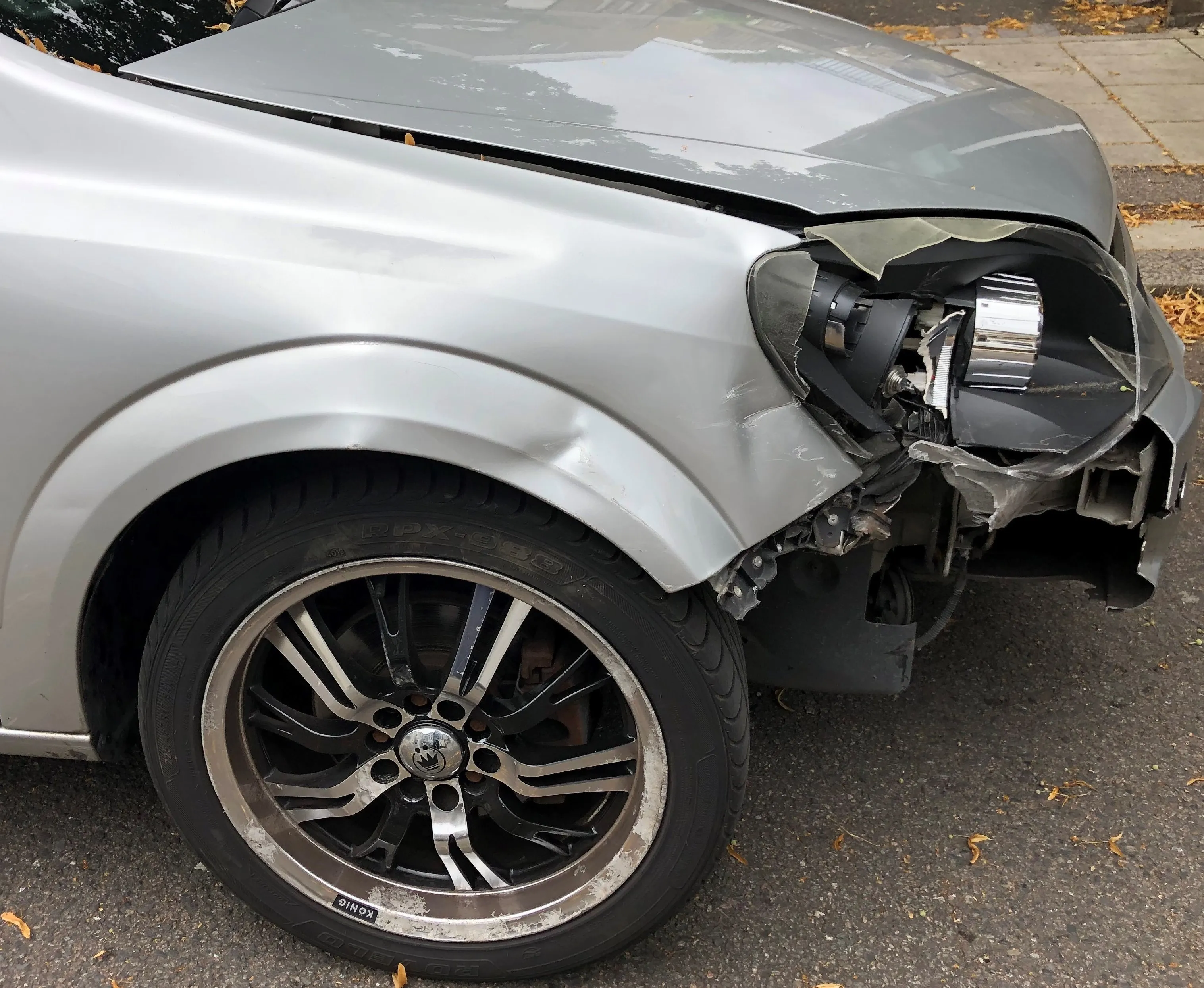An exhibition that will address the broader issue of the hazard that standard guardrails create for motorcyclists is being hosted next week by Members of the European Parliament Corien Wortmann-Kool (The Netherlands) and Ines Ayala-Sender (Spain). “Safe roadside barriers for motorcyclists” being held from 23-25 April, will showcase a prototype friendly road restraint system, designed to offer better protection for motorcyclists. Current standard European roadside barriers (EN 1317) have not been designed n
April 18, 2012
Read time: 2 mins
An exhibition that will address the broader issue of the hazard that standard guardrails create for motorcyclists is being hosted next week by Members of the European Parliament Corien Wortmann-Kool (The Netherlands) and Ines Ayala-Sender (Spain). “Safe roadside barriers for motorcyclists” being held from 23-25 April, will showcase a prototype friendly road restraint system, designed to offer better protection for motorcyclists.
Current standard European roadside barriers (EN 1317) have not been designed nor tested with vulnerable road users in mind. Motorcyclists pay a high toll when falling and hitting unprotected support posts or sharp edges: roadside barriers contribute to eight to 16 per cent of all motorcyclist fatalities across Europe.
Co-funded by the1690 European Commission, the Smart Road Restraint Systems (SMARTRRS) project has developed an innovative road restraint system taking the safety of vulnerable road users into account, which will be shown at the event. The new intelligent barrier brings several substantial improvements to today's EU standardised roadside barriers by proposing solutions addressing motorcyclists' safety issues such as shock absorption, traffic information, and emergency response, three of Europe's key road safety priorities 2011-2020.
"The recent decision of Sweden to start installing motorcyclist-friendly barriers in black spot locations, joining other countries such as France, Portugal or Spain, shows that there is a lot of room for improving road infrastructure for motorcyclists,” says4764 FEMA general secretary Aline Delhaye. “We need to raise awareness on the issue, with the help of the European Parliament, promote coordinated policies at national and local levels to ensure the availability of safer roadside barriers."
Current standard European roadside barriers (EN 1317) have not been designed nor tested with vulnerable road users in mind. Motorcyclists pay a high toll when falling and hitting unprotected support posts or sharp edges: roadside barriers contribute to eight to 16 per cent of all motorcyclist fatalities across Europe.
Co-funded by the
"The recent decision of Sweden to start installing motorcyclist-friendly barriers in black spot locations, joining other countries such as France, Portugal or Spain, shows that there is a lot of room for improving road infrastructure for motorcyclists,” says










